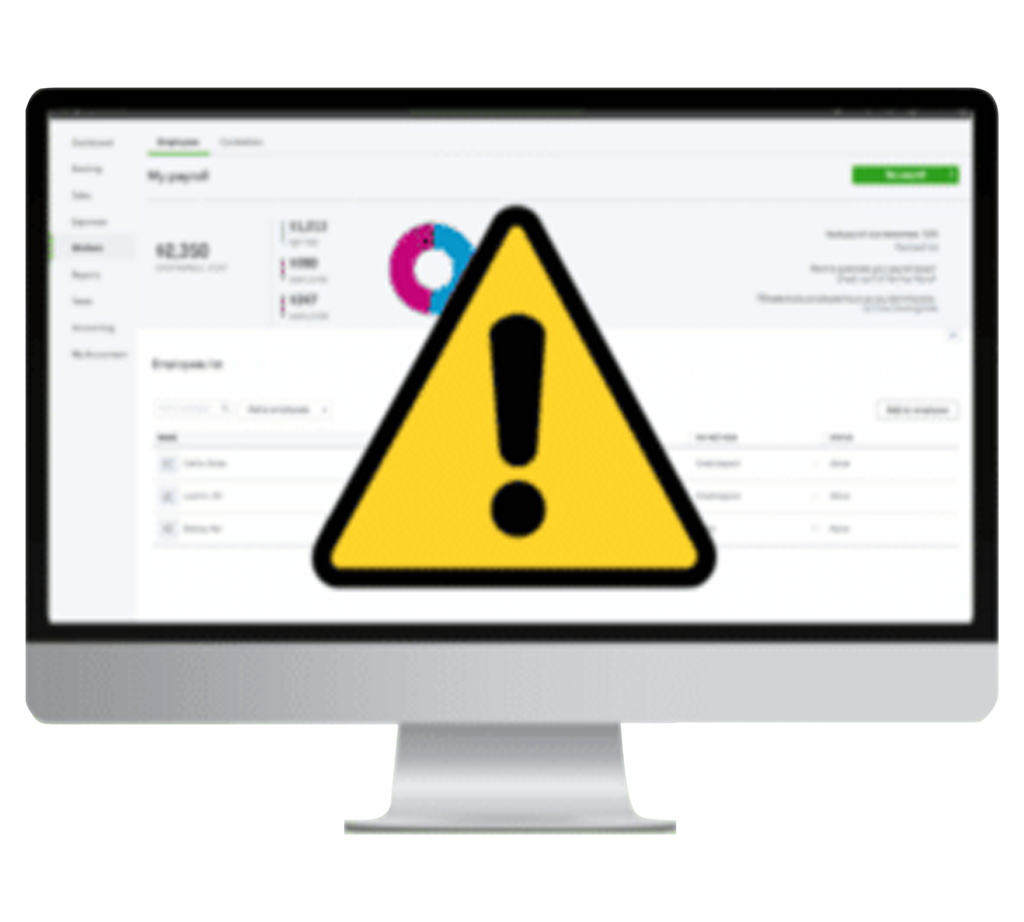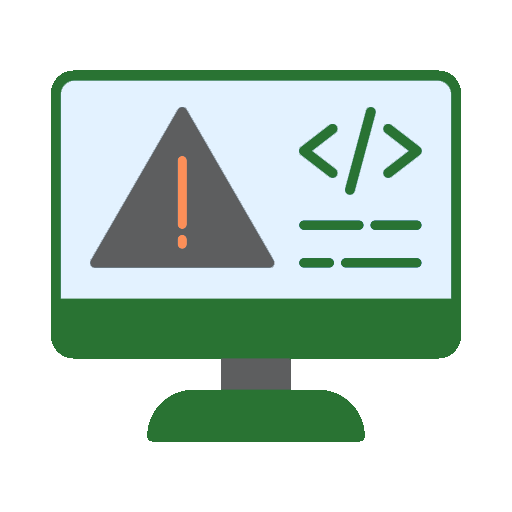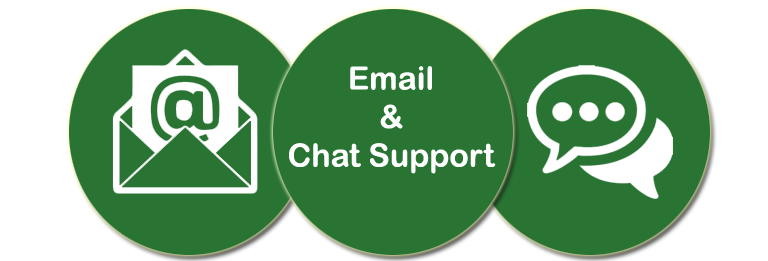
QuickBooks Update Error Codes
QuickBooks strives to include the newest features and bug fixes in each update to enable users to
make the most of this program. Nevertheless, customers often run into problems known as
QuickBooks Update Error codes while upgrading QuickBooks.
By reading through this article once, users will be able to identify the main reasons why QuickBooks
won't update issues and prevent them from happening again.
We've also covered the best troubleshooting techniques for fixing this problem. So, let's look at the
whole list of QuickBooks Update problem codes before we dive into this comprehensive tutorial.


Powered by Geek Web World
An Overview of QuickBooks Update Error Codes
Several error codes that pinpoint the precise problem are shown to consumers when they face
difficulties updating QuickBooks. These error codes for QuickBooks updates are included in the table
below:
QuickBooks Error 16026
QuickBooks Update Error 12007
QB Error 15240
QuickBooks Error 15102
QB Error Code 15271
QB Error 1603 and 17337
QuickBooks Error 12152
QB Error Code 15227
QB Error Code 15101
QuickBooks Error PS058
QB Error Code 12045
QB Error Code 12157
QuickBooks Error 12037
QB Error Code 12038
Factors Causing Error Codes in QuickBooks Updates
QuickBooks update problems may be caused by a variety of circumstances, and each code denotes a
distinct issue that a user is having.
Reasons Behind Errors in QuickBooks Updates
The causes for this mistake remain the same, notwithstanding its indicators. Let's look at them:
- Incorrect Date and Time Configuration: Since QuickBooks is a paid program, it needs to be configured with the correct date and time. If there is a misconfiguration, the QuickBooks desktop update error occurs.
- Not Having Administrative Rights: System modifications need the use of administrative rights. The user will experience the QuickBooks won't update problem on their system if they don't have admin access.
- Installation of several QuickBooks Software: When users install several versions of QuickBooks on their machine, QuickBooks malfunctions and updates incorrectly.
- Misconfigured Windows Firewall: The goal of the firewall is to get rid of any viruses or other threats to the computer. However, the QuickBooks won't update because of a misconfigured firewall configuration.
- Restrictive UAC - UAC stands for "User Account Control." If it is restrictive, QuickBooks will not be able to operate correctly, which can lead to a number of QuickBooks issues, including the QuickBooks Desktop Update error.
- Faulty QB-Associated Elements – When they are erased or corrupted, the components connected to QuickBooks stop working. Users get QuickBooks update issues as a consequence.
The Best Methods For Troubleshooting QuickBooks Update Error Codes
Now that the causes of the QuickBooks update error codes are known let's look at how to diagnose
and resolve this issue:
Step 1: Configuring The Date And Time
The first step in resolving the QuickBooks update problem codes is to confirm and set the system's
date and time correctly.
By checking the right side of their screen, users may confirm the system's date and time. They can
then adjust it by following these steps:
- First, right-click on the date and time that appears on the right side of the screen.
- Set Up Time And Date For QuickBooks Update Issue
- Next, choose "Change Date and Time."
- Unmark "Set Time-Automatically" after that.
- set the date and time on the system.
- Select "Set Time-Automatically" after that.
- Verify the time and date once again, then save any recent changes.
Make sure to restart now and then attempt upgrading QuickBooks. Proceed to the next step if the
QuickBooks update error code persists on the system.
Step 2: Setup Internet Connection
Make sure you have dependable internet access so that you can complete the upgrade procedure.
You should also restore the QuickBooks advanced connection settings. Here's how to do it:
- First, check to see whether the internet is operational by trying to visit a website.
- After that, open Quickbooks.
- Next, go to "Help."
- Select "Internet-Connection Setup" after that.
- Next, choose "Next" after configuring your internet connection.
- Choose "Advanced Connection" now.
- After that, choose "Restore Advanced-Settings" after expanding "Advanced."
- Lastly, press "Done" and "OK."
Step 3: Disable UAC
UAC is one of the main reasons for the QuickBooks Enterprise Update Error, as was covered in the
section on the error's causes.
Therefore, it is recommended that customers deactivate their User Account Control before
upgrading QuickBooks. Here's how to do it:
- First, click "Win+R" to access "Run."
- Next, enter "Control Panel."
- Next, press "Enter."
- Go to "System and Security."
- Click "User-Accounts" and "Security-Maintenance."
- Click "Change Users-Account" now, then "Yes."
- Turn Off UAC If You Get QuickBooks Update Errors
- Lastly, adjust the "Never Notify" slider.
Step 4: Configure Firewall Settings
Installing QuickBooks Database Server Manager on the PC is advised prior to completing this step.
Next, in the manner described below:
- First, click "Start."
- enter "QuickBooks Database Server Manager."
- Open it after that, then choose "Port Monitor."
- find the port number.
- End the application.
- Type "Control Panel" into the box.
- Now go to "Windows-Firewall."
- Next, click on the right to choose "Advanced-Settings" and then "Inbound-Rules."
- Choose "New-Rule" and click "Port."
- enable TCP and click "Next."
- "Local-Ports" and input the port number.
- Select "Allow-Connection" and "Next" after that.
- Finally, give this new rule a new name and follow the same steps for "Outbound-Rules."
Step 5: Uninstall Any Secondary QuickBooks Desktop Installation
If a user has more than one instance of QuickBooks installed on their PC, this will hinder updates and
increase the likelihood of QuickBooks update errors.
Therefore, use "Uninstall a Program" to examine and remove the secondary QuickBooks installation.
Here's how to do it:
- First, depress "WIN+R."
- Type "Control Panel" after that.
- Removing the Additional QuickBooks Desktop Installation
- Choose "Uninstall Program" now.
- Next, find any copies of QB installations.
- Lastly, click "Uninstall" if it is discovered.
Step 6. Perform Run As Admin For QuickBooks
Using administrator privileges to launch QuickBooks Desktop allows the program to make
modifications, which fixes the QuickBooks won't update issue.
After logging in as an administrator, users must do the following actions on their system:
- Close any open background applications on the computer.
- Look for "QuickBooks.exe."
- If you are still unable to find it, go to "Start" and type in "QuickBooks Desktop."
- After that, touch "QuickBooks.exe" to the right.
- Execute Use QuickBooks as an administrator.
- Lastly, choose "Run as admin."
Hopefully, this will fix the QuickBooks Enterprise Update Error. If not, your QuickBooks software
must be the source of the issue. Proceed next.
Step 7: Run QuickFix My Program
QuickFix may fix any program-related issue that can be the cause of the QuickBooks Update error.
Use QuickFix My Program by doing the following:
- Initially, close "QuickBooks Desktop."
- Run "QuickBooksToolHub.exe" after that.
- Read the licenses and conditions and adhere to the directions.
- Complete the installation process and start it from the desktop.
- Choose "QuickFix My Program" after going to "Program-Problems."
Now, the Tool will correct your QuickBooks software. Then, update QuickBooks and look for update
errors.
Step 8. Launch QB Install Diagnostic Tool
Using the QuickBooks Install Diagnostic Tool on the user's PC is the last step in resolving the
QuickBooks Update Error. Here's how to do it:
- Open "QuickBooks Tool Hub" first.
- Check out "Installation-Issues."
- QuickBooks Install Diagnostic Tool for Update Error
- Run "Diagnostic Tool for QuickBooks Install"
- after that if you open QuickBooks and carry out the update process.
Conclusion
Since there are several error codes for the same mistake, if you are new to QuickBooks, you may see
the QuickBooks Update Error and get puzzled by it. Therefore, in order to help you determine why
the issue is occurring on your device, we have provided you with a comprehensive list of QuickBooks
update errors. In addition, we have included the best 8 ways to fix each of the mistakes along with
the list of errors. To fix the problems, you must attempt the methods above, as each one will assist
you in fixing the error.
FAQs
What is the QuickBooks update error code?
Specific numerical numbers called QuickBooks update error codes signal problems throughout the QuickBooks software upgrade process. These codes might result from many difficulties, including improper settings, file corruption, or internet access problems.
What are common QuickBooks update error codes?
Among the often-used update error codes are 15243, 1603, 3003, 603, and 1706. Every code relates to a particular problem—installation file, network, or incompatibility with another program.
How may I correct QuickBooks update error codes?
You can fix update error codes by following these:
Search and fix problems with the QuickBooks Update Diagnostic Tool.
Review your firewall controls and internet connection.
Download the most recent version from the official website to manually update QuickBooks.
What to do if I come across error code 15243?
Often indicating a stopped updating process, error code 15243 is Running the Quick Books File Doctor application can help you make sure your QuickBooks files are not damaged. You could also try turning on your computer again and reattempting the update.
Why, during updates, do I receive trouble code 1603?
Usually, error number 1603 indicates a Microsoft component like the Net Framework is not installed correctly or another installation file issue. The QuickBooks Install Diagnostic Tool, or the Repair of the.NET Framework and other required components can help you to correct this.
Is there anything I can do to stop QuickBooks update error codes from happening?
Regularly upgrading your QuickBooks program, keeping your operating system current, ensuring a consistent internet connection, and utilizing the most recent versions of necessary Microsoft components can help you reduce the likelihood of running across update error codes.


